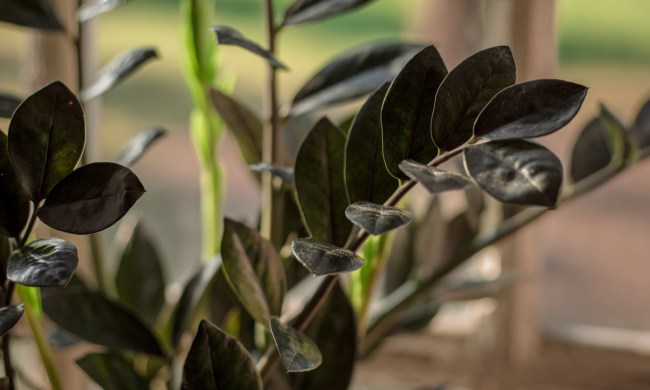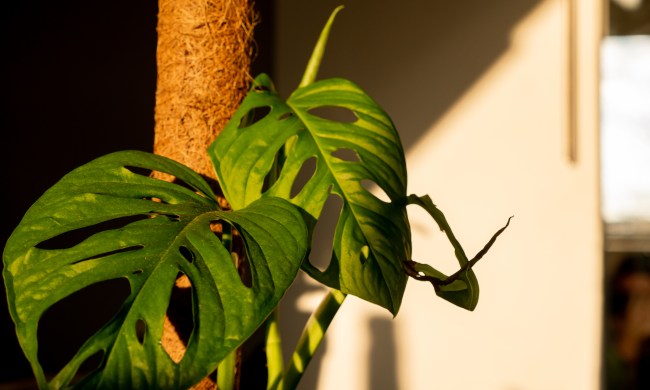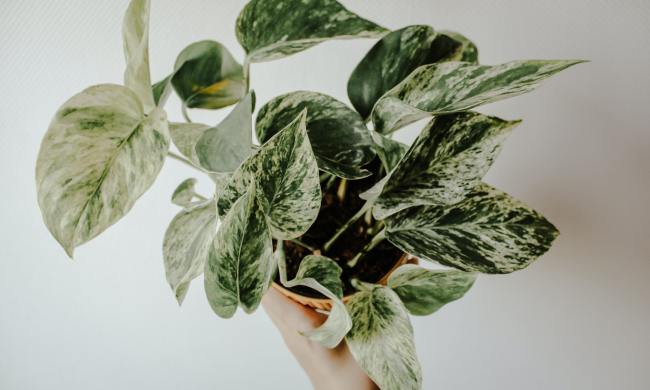Although rare houseplants are a trendy topic right now, let’s not forget about the more common but equally beautiful plants, such as this week’s plant of the week, the bird of paradise. Of course, it’s likely that almost every plant lover already has this gorgeous plant in their collection, but if you’re looking to adopt one or you already have one, let’s walk through the tips and tricks we have to ensure you’re caring for this plant in the best way possible.
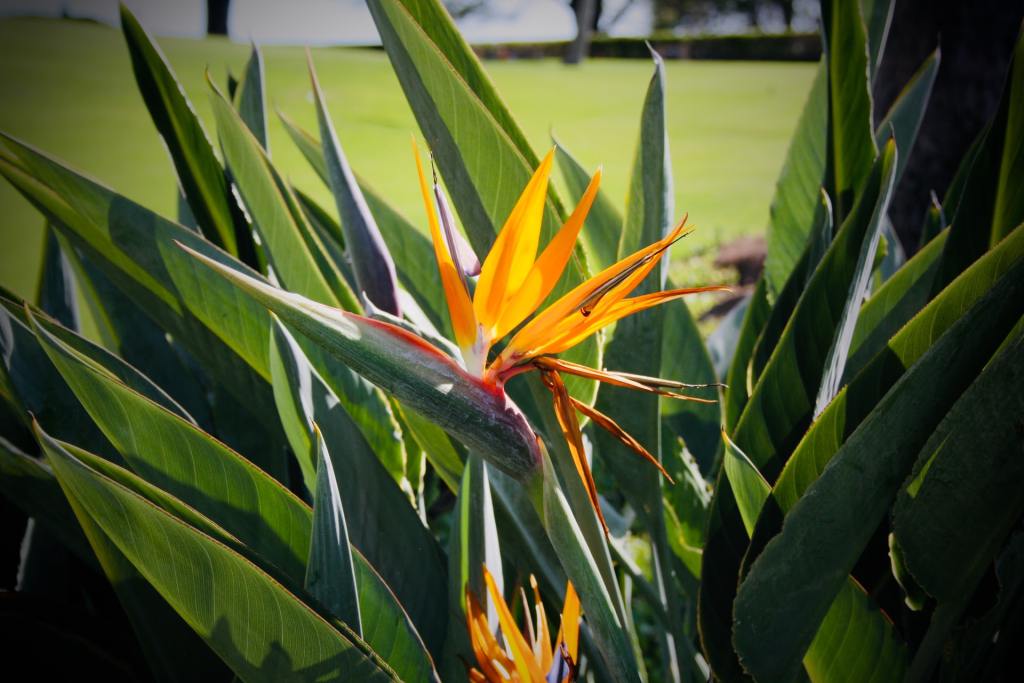
What is a bird of paradise?
Native to South Africa, this larger house plant is often mistaken as a banana tree. The leaves and shape of these plants are similar; however, banana plants grow their leaves in a spiral pattern while the bird of paradise grows its leaves in an alternating pattern. Their large and lusciously green leaves are what make this plant such a desirable piece to almost every plant lover’s collection. In addition to their beauty, they’re relatively easy to grow and will acclimate to nearly any conditions.
With the right amount of sun, humidity level, and temperatures, this plant could bloom its iconic flower indoors. However, this is a rare occurrence and usually only happens in the wild. The bird of paradise can grow up to 20 feet tall in its native habitat, but indoors it typically grows to about 3 or 8 feet tall. It’s a statement plant that can fill a prominent corner with beautiful greenery and could be ideal for office spaces. The splits in the leaves are a naturally occurring trait that allows the wind to pass through without snapping the plant in half.
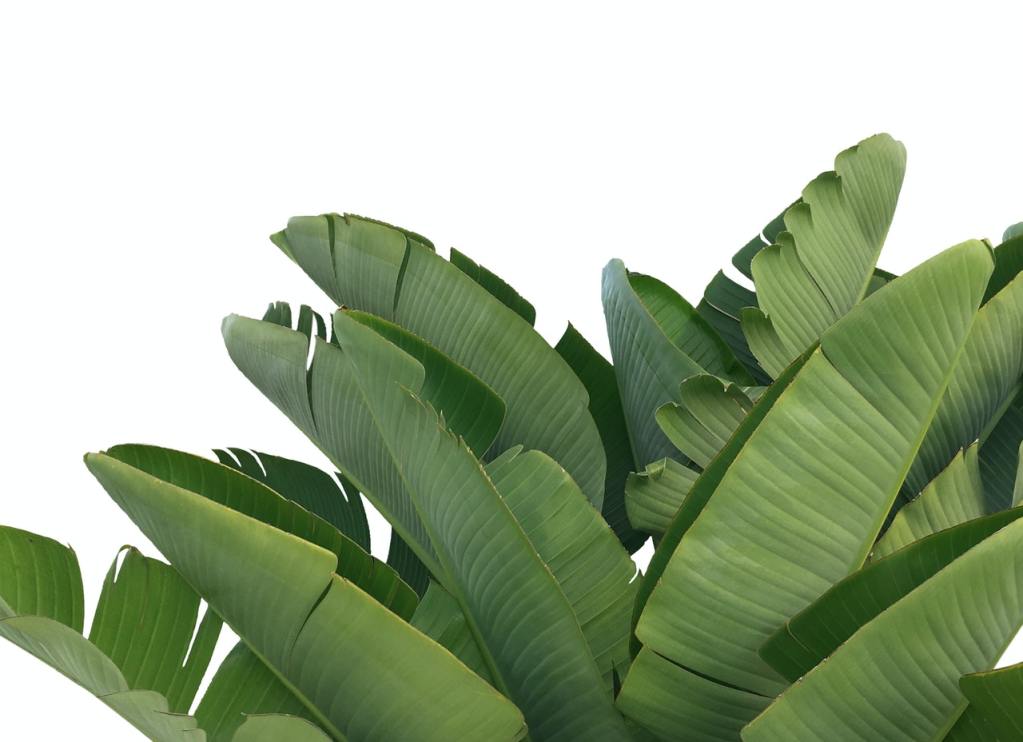
Care tips for birds of paradise
Although this plant is pretty hardy and will adapt to almost any condition, we think it’s best to provide it with what it really wants. So here, we’ll discuss the watering, light, feeding, humidity, and temperature preferences of the bird of paradise. And who knows, maybe you’ll be the lucky few who experience an indoor bloom!
Water
These plants prefer wet but not soaked soil. You’ll want to allow the soil to dry out a bit before giving it another good soaking. The best way to go about this is with a water meter. When the soil is reading as dry at least two to three inches down, it’s time to water. Remove the pot from its resting tray and either soak it with a shower-head or a hose. Gently spray with water until it flows out the pot’s drainage hole. Then let the plant rest and drain thoroughly before returning to its spot.
Light
Bird of paradise will tolerate medium light conditions, but if you want this plant to flourish, you need to provide it with bright direct sunlight. Ideally, they prefer southern and western light exposure for a minimum of four hours a day.
Food
As per usual, the bird of paradise wants to be fed throughout the growing season, but not during the cooler months. Bird of paradise plants go into an almost dormant-like state around October through to February. So stop feedings around that time and resume monthly feedings in March.
Humidity
This plant will survive in a home’s average range of humidity, but it will appreciate a misting or spray down about once a month. However, you’ll want to avoid air vents and drafts that will dry out the leaves and the soil too quickly for the bird of paradise to handle.
Temperature
The average home’s temperature is ideal for the bird of paradise. Somewhere between 65 and 80 degrees is perfect.
Toxicity
These beautiful plants are mildly toxic to humans and pets. If a child or pet eats a part of this plant, it might cause some mouth and stomach irritation, but it’s very rare to cause anything worse. Although it seems pretty safe, you still might want to consider placing it in a room or location where kids or pets won’t be able to reach it.
Additional Tips
As the plant grows, more leaves prune back the older leaves that droop and develop more splits. As a result, the plant will produce newer leaves that will keep it looking full, and those older leaves are just going to look worse and worse. To ensure the plant grows evenly, you’ll want to rotate the plant regularly. This will encourage the plant to grow leaves evenly around the stems and avoid the plant becoming lopsided and potentially falling over.
Lastly, the enormous leaves of this plant will collect a lot of dust, and just like humans, plants need to breathe. There are a few ways to clean off plants leaves. First, you can use a microfiber cloth and a spray bottle filled with water. Spray the leaves and wipe them down about as often as you water the plant. Or, you could take the plant into the shower or out on a deck (weather permitting) and give it a good spray down. This simulates a rainstorm and will clean the leaves and provide the plant with some extra humidity.
Add a big splash of green to your home with this fantastic plant that’s easy to care for. Remember to give the plant a good spray down or wipe down about once a month to clean the leaves, and don’t let the soil dry out too much between waterings. Enjoy the statement this plant is bound to make in your home!
